Urban evolution and innovative design highlight the new skylines
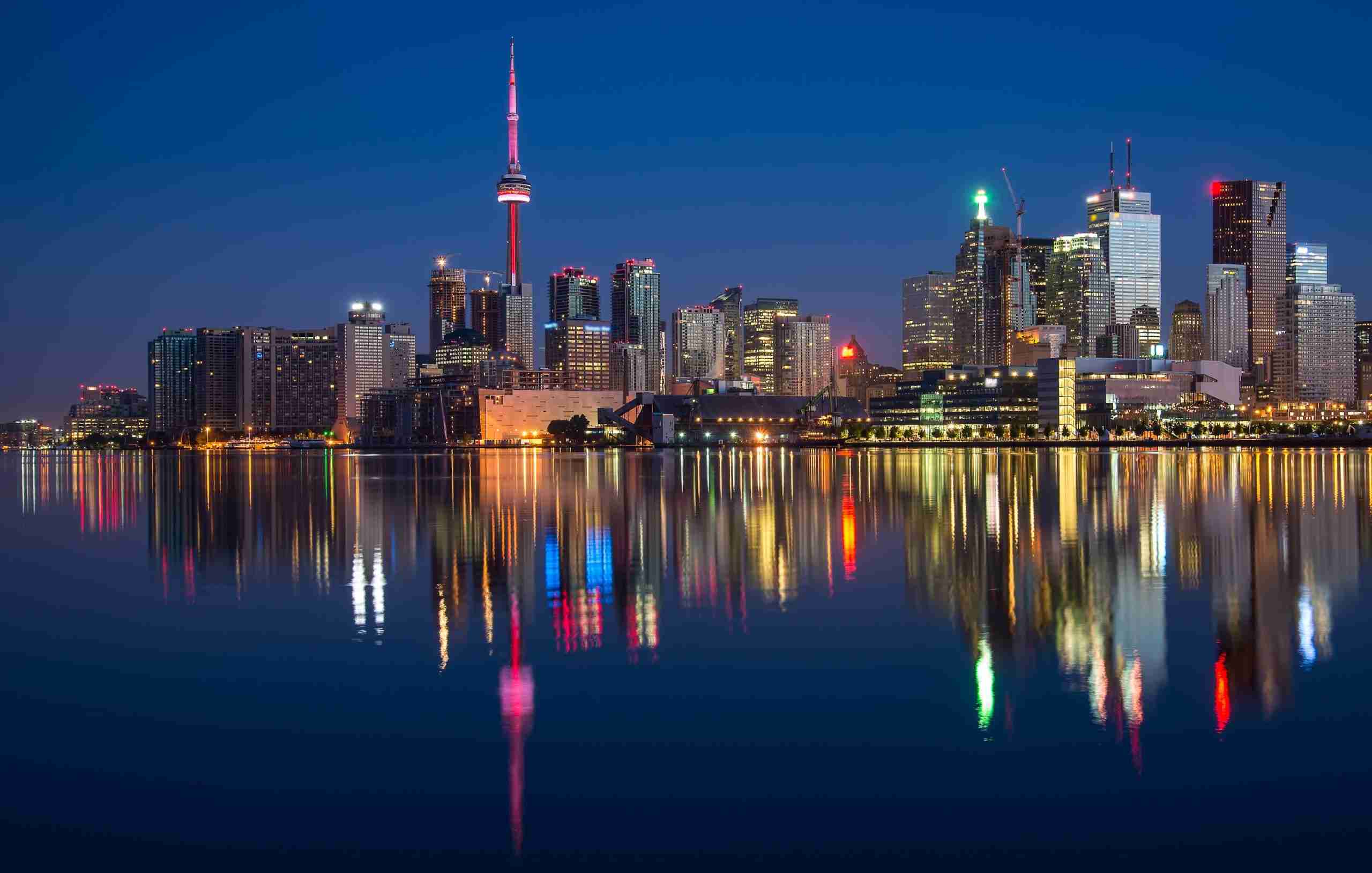
In the data revolution, cities are getting smarter. A lot of the evidence might go unseen, such as better waste and water management. Some might be on the surface, but we only notice when it’s not there, like optimized traffic and public transportation management. When it comes to skylines, however, everyone sees changes there. Some creative urban planners are leading the charge in transforming their cityscapes with designs that are both practical and aesthetically pleasing.
Green corridors
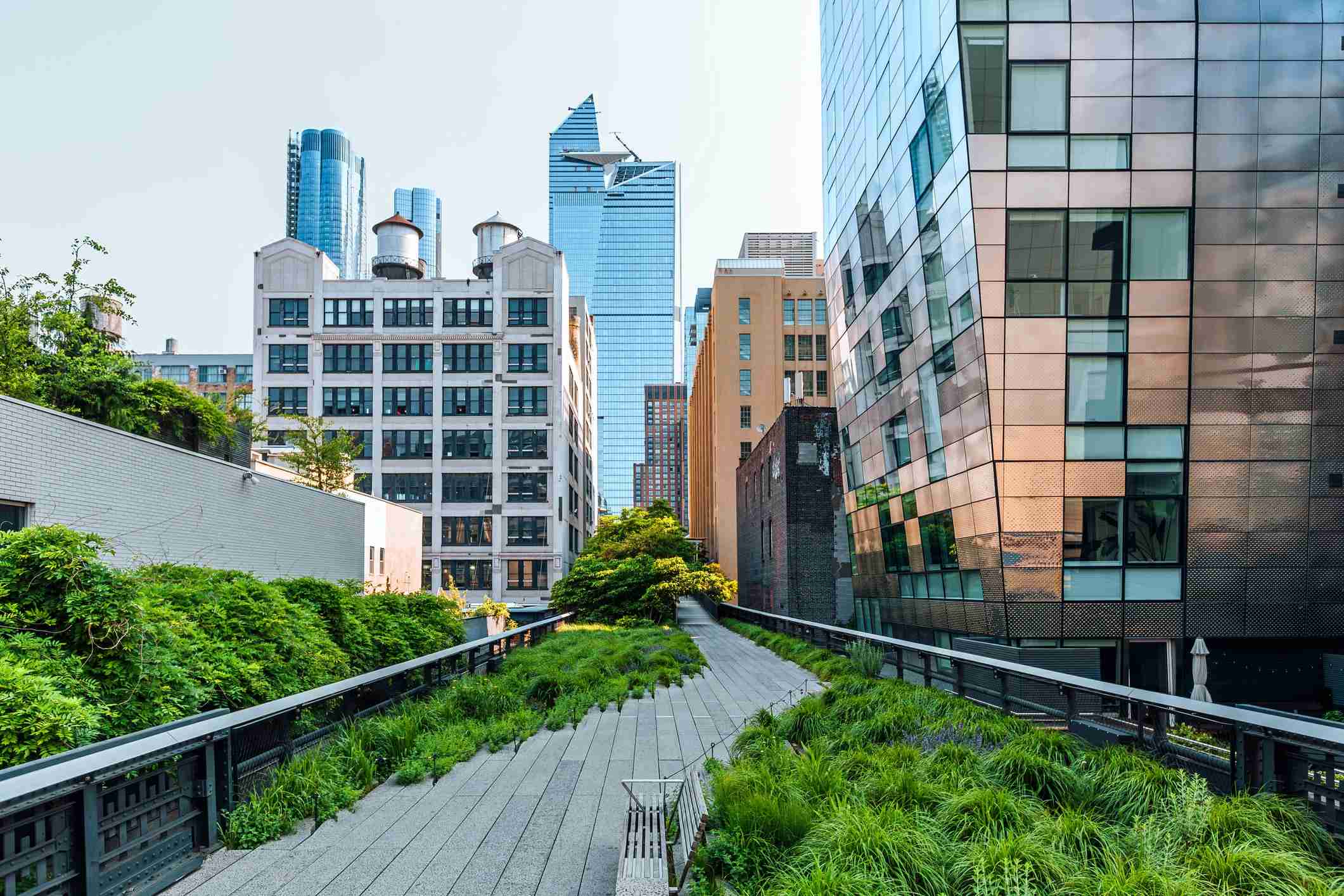
New York City’s High Line is a classic example of how creative planning can add green space in even the most densely packed cities. The project, a collaboration between James Corner Field Operations, Diller Scofidio + Renfro, and Piet Oudolf, transformed an abandoned railway on Manhattan’s west side into a linear park that runs nearly 1.5 miles. The idea for the High Line came from a similar project in Paris, and the City of Light plans to greenify its famed Champs-Elysées into what Mayor Anne Hidalgo calls “an extraordinary garden.” Once completed, Atlanta’s BeltLine will have 33 miles of multi-use paths connecting dozens of neighborhoods in the sprawling city. Medellín, Colombia, has built 30 green corridors throughout the cityscape since 2016, adding more than 90,000 species of plants in an effort to cool the urban heat island by 2 degrees Celsius.
Sky bridges
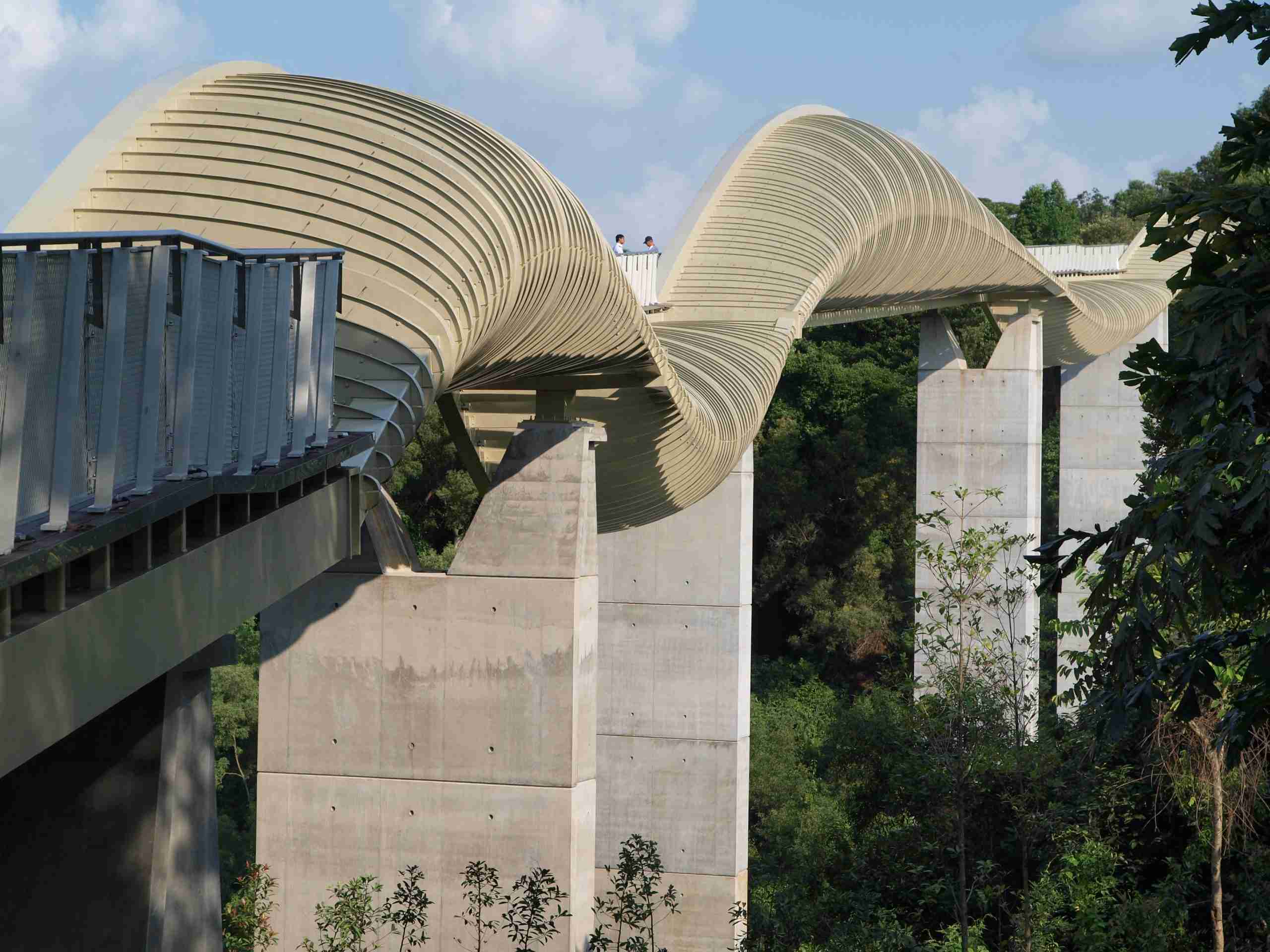
A smart city pioneer, Singapore features several sky bridges that connect the cityscape with nature. Henderson Waves bridge spans nearly 900 feet between Telok Blangah Hill Park and Mount Faber Park. The bridge is made from curved slats of Balau, a heavy wood used for construction in Southeast Asia. The city’s OCBC Skyway stretches more than 400 feet between manmade “super trees” at 72 feet off the ground, surrounded by gardens and the picturesque Marina Bay. The sky bridge at Hong Kong’s airport connects Terminal 1 and the T1 Satellite Concourse over a runway. It’s high enough for an A380 to pass underneath, allowing travelers on their way to their gate a view of the world’s largest commercial airliner from above. To keep people warm in long winters, Minneapolis has a network of sky bridges that runs nearly 10 miles and connects 80 city blocks.
Storm surge barriers
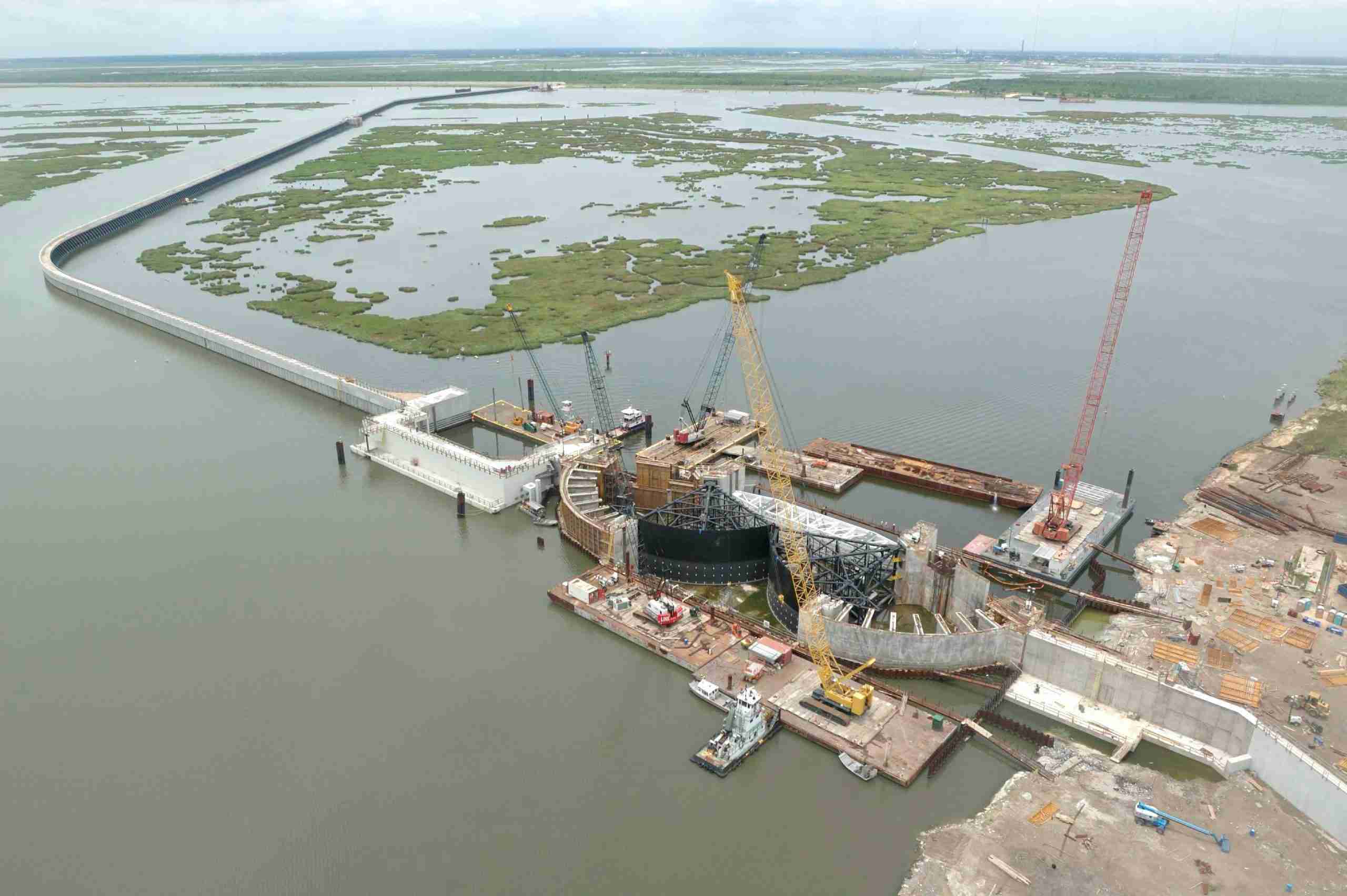
The history of the Netherlands is one of people constantly trying to reclaim land from the sea. So it’s no surprise that their cityscapes feature the world’s largest flood protection system, the Delta Works. Its largest barrier is more than 5 miles long, and the gates of the Maeslant Barrier protect the Port of Rotterdam, the country’s largest. Venice’s MOSE guards the city built on water from the biggest surges of the acqua alta that has hounded the city for its entire existence. After Hurricane Katrina, the Army Corps of Engineers built the IHNC Lake Borgne Surge Barrier to protect New Orleans’ most vulnerable areas. The retractable Thames Barrier system keeps Greater London from being inundated by large storm surges coming up the river from the North Sea. A couple of other cities that have experienced devastating hurricanes and superstorms in recent years, New York and Houston, have proposed their own surge barriers.
Supertalls
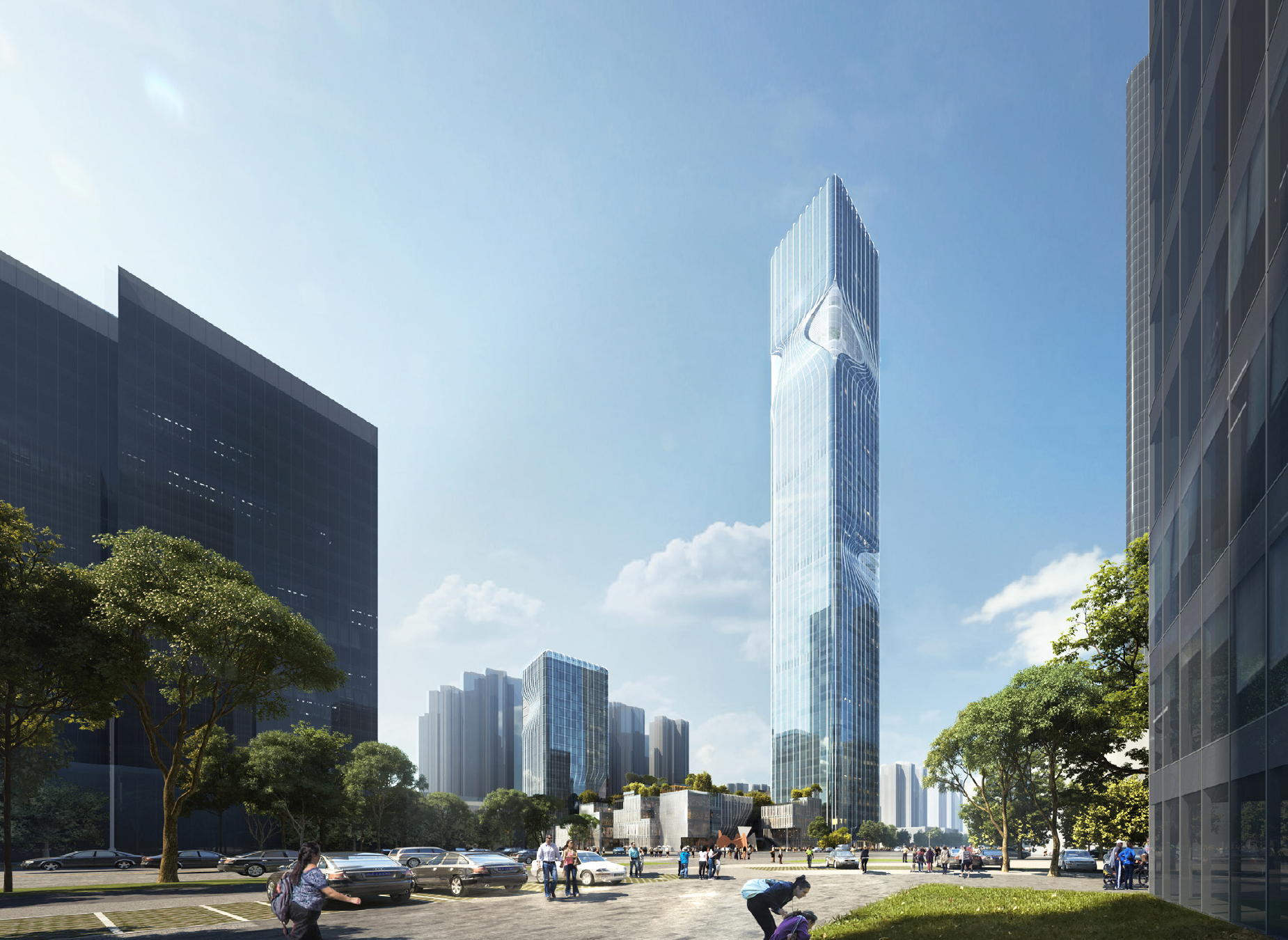
There are more than 100 buildings worldwide under construction that will top 300 meters (984 feet) when they’re completed. New York’s Billionaire’s Row features several buildings that top 1,000 feet and a few just below that mark. They also contain some of the world’s most expensive real estate. RMJM’s New Pingshan Eye in Shenzhen, China, and Silverene in Dubai are transforming cityscapes in two rapidly modernizing metropolises that are also home to the Ping An Finance Center (1,965 ft.) and Burj Khalifa (2,717 ft.), respectively. Set to open this year, the First Group’s Ciel Tower in Dubai will be the tallest hotel-only building in the world. The supertall trend seems in line with increased urbanization and population density. More than half the world’s population lives in an urban area, and in high-income countries the figure is closer to 80%. Cityscapes are starting to reflect that.
LED lighting
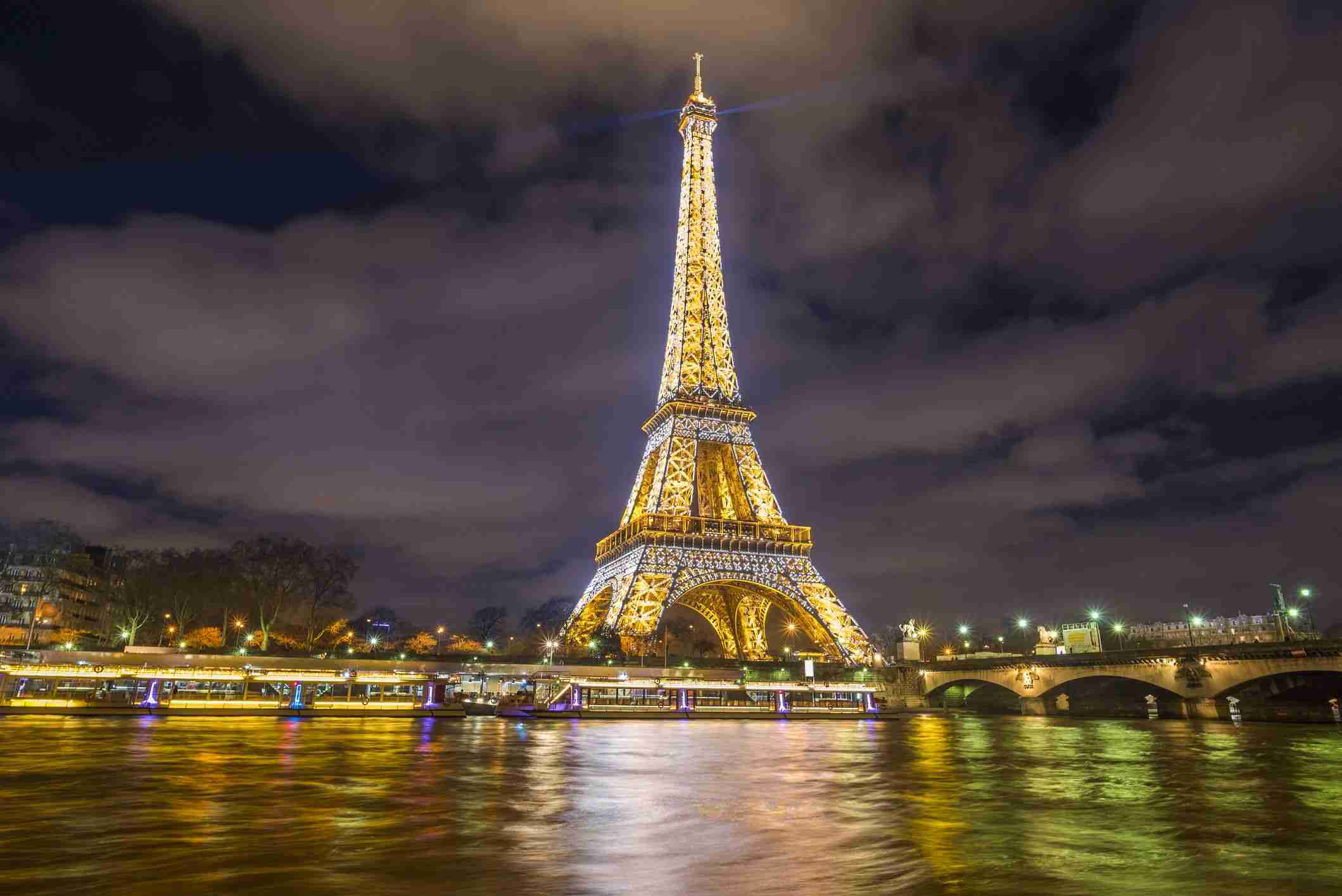
Cities are understandably proud of the landmarks that make their skylines unique. To show them off in the best way at night, they’ve turned to LED displays. Paris put energy-efficient LEDs on the Eiffel Tower in 2013, and the display now features more than 20,000 lighting combinations, putting on a nightly show in the City of Lights. In 2020, Sydney completed an LED installation at its Opera House, with the iconic sails showing a wide array of colors for different events. Audio-visual artist Robin Fox and Genius Laser Technology designed a laser show for the UNESCO World Heritage building’s 50th anniversary. The Las Vegas Sphere, designed by Populous, uses 1.2 million LED lights to project all sorts of images across the Strip. Inside, there’s an 18,000-seat theater and the world’s first 16K LED screen. It’s quickly become an indelible part of the Vegas cityscape.

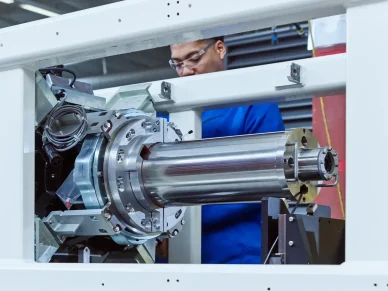
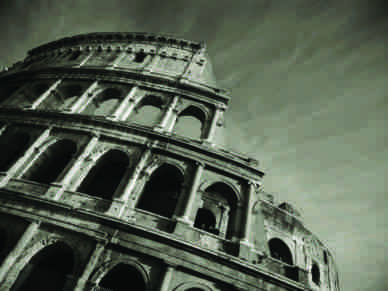
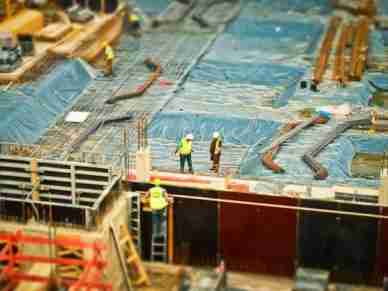
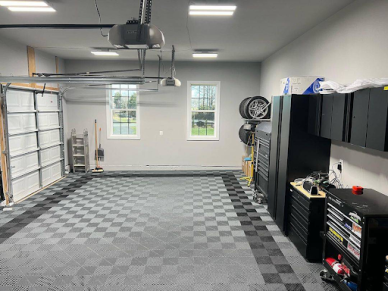
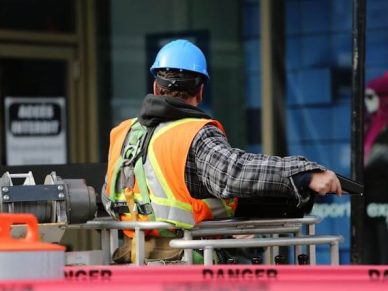
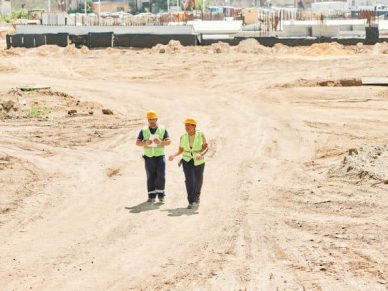


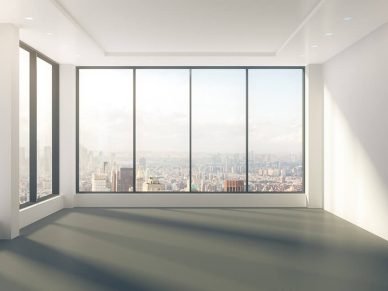
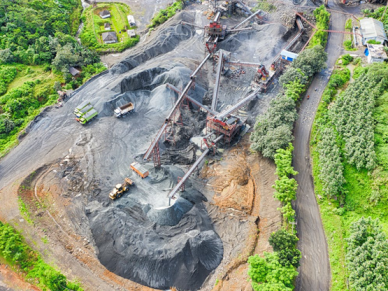
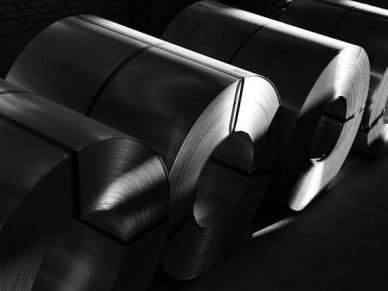




Leave a Reply